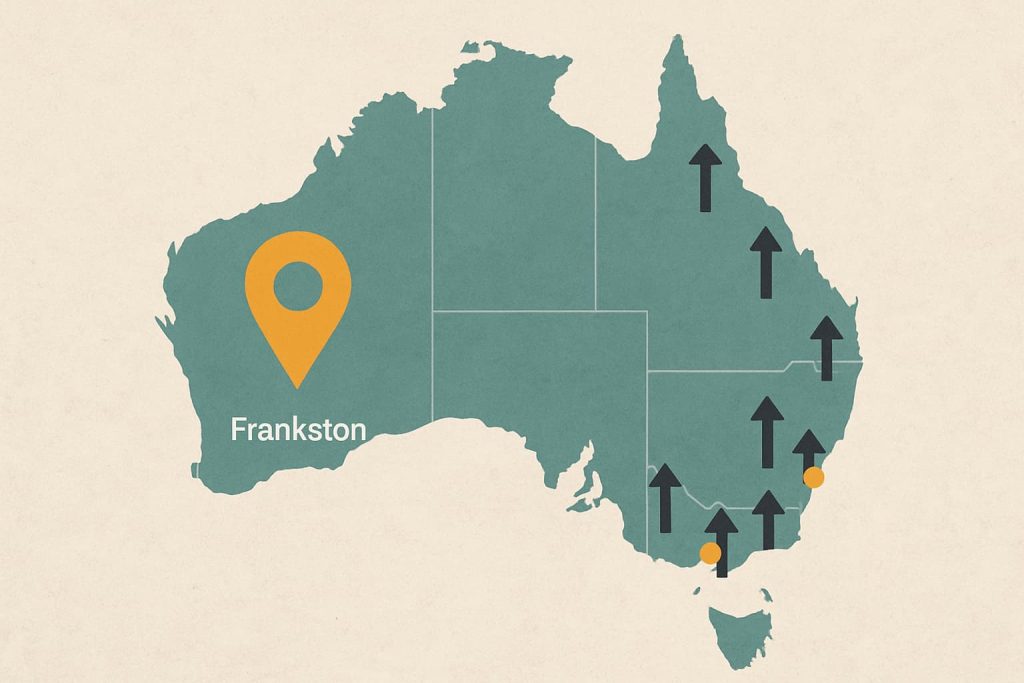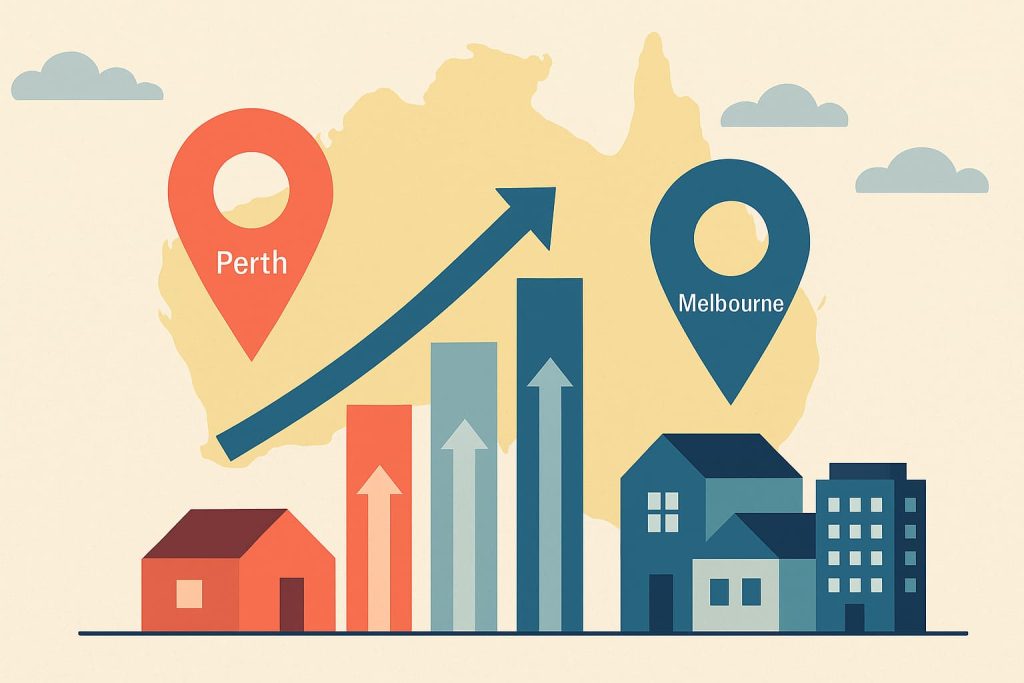Australian university students enjoy interest free terms on their Higher Education Contribution Scheme (HECS) loans from the federal government, it’s a rite of passage for many, but the debt does impact on borrowing capacity and can hurt your chances when applying for a loan.
While HECS and Higher Education Loan Program (HELP) debts are indexed each year to keep up with inflation, they are effectively an interest-free loan allowing students who can’t afford the up-front fees to attend university.
Like any other loan however, it adds to your debt liabilities that lenders will evaluate before deciding if they can lend to you and how much they can lend to you.
When applying for a home loan, any outstanding HECS-HELP debt needs to be declared, and if we take a typical low income of around $50,000-60,000 a year with a HECS debt of $30,000, that person would lose more than $1,000 a year paying off their HECS debt.
When you take that money away from a monthly mortgage repayment, your lender will take that into account when compiling your list of expenses and the amount you can borrow will fall.
On top of this, the fact potential borrowers are having to pay back their HECS debt, it can mean it takes them longer for them to save up the necessary and ever-growing amount people need for a deposit on a home loan.
It also affects your loan-to-value ratio and if it means you bring a smaller deposit to your lender, you could be paying a higher interest rate as a result because your lender views you as a riskier proposition.
With the indexation rate fast approaching 7 per cent amid the current high inflation economy, HECS debts hanging around for students and ex-students can lower borrow capacity by tens of thousands of dollars.
The indexation of HECS loans means the effects of them differs for different income levels. While someone on a higher income will be able to pay off their debt quicker, they are harder hit when it comes to affecting how much they can borrow.
“Indexation is hitting people on higher incomes,” Flinders Wealth’s Michael Abrahamsson told the Australian Financial Review.
“At $140,000, there’s approximately a 10 per cent repayment rate.
“So if a bank is lending five or six times income, that can knock $50,000, $60,000, $70,000 off your ability to borrow, and that may change your ability to buy the property you want.”
Mr Abrahamsson said while it’s more important to clear higher interest debts first, such as credit cards or personal loans, paying off your HECS or HELP as much as possible before applying for a loan could improve borrowing capacity significantly, especially if indexation sitting at 7 per cent persists.
“Our concern is, if you’re in your mid-30s and not working, what happens to that debt in 10 years time when you re-enter the workforce?” he said.
“If you’ve got an average indexation rate of 7 per cent for a decade, that starts to add up quickly.”
2022 – 2023 repayment income thresholds and rates
Repayment income (RI) Repayment Rate
Below $48,361 Nil
$48,361 – $55,836 1.0%
$55,837 – $59,186 2.0%
$59,187 – $62,738 2.5%
$62,739 – $66,502 3.0%
$66,503 – $70,492 3.5%
$70,493 – $74,722 4.0%
$74,723 – $79,206 4.5%
$79,207 – $83,958 5.0%
$83,959 – $88,996 5.5%
$88,997 – $94,336 6.0%
$94,337 – $99,996 6.5%
$99,997 – $105,996 7.0%
$105,997 – $112,355 7.5%
$112,356 – $119,097 8.0%
$119,098 – $126,243 8.5%
$126,244 – $133,818 9.0%
$133,819 – $141,847 9.5%
$141,848 and above 10.0%



